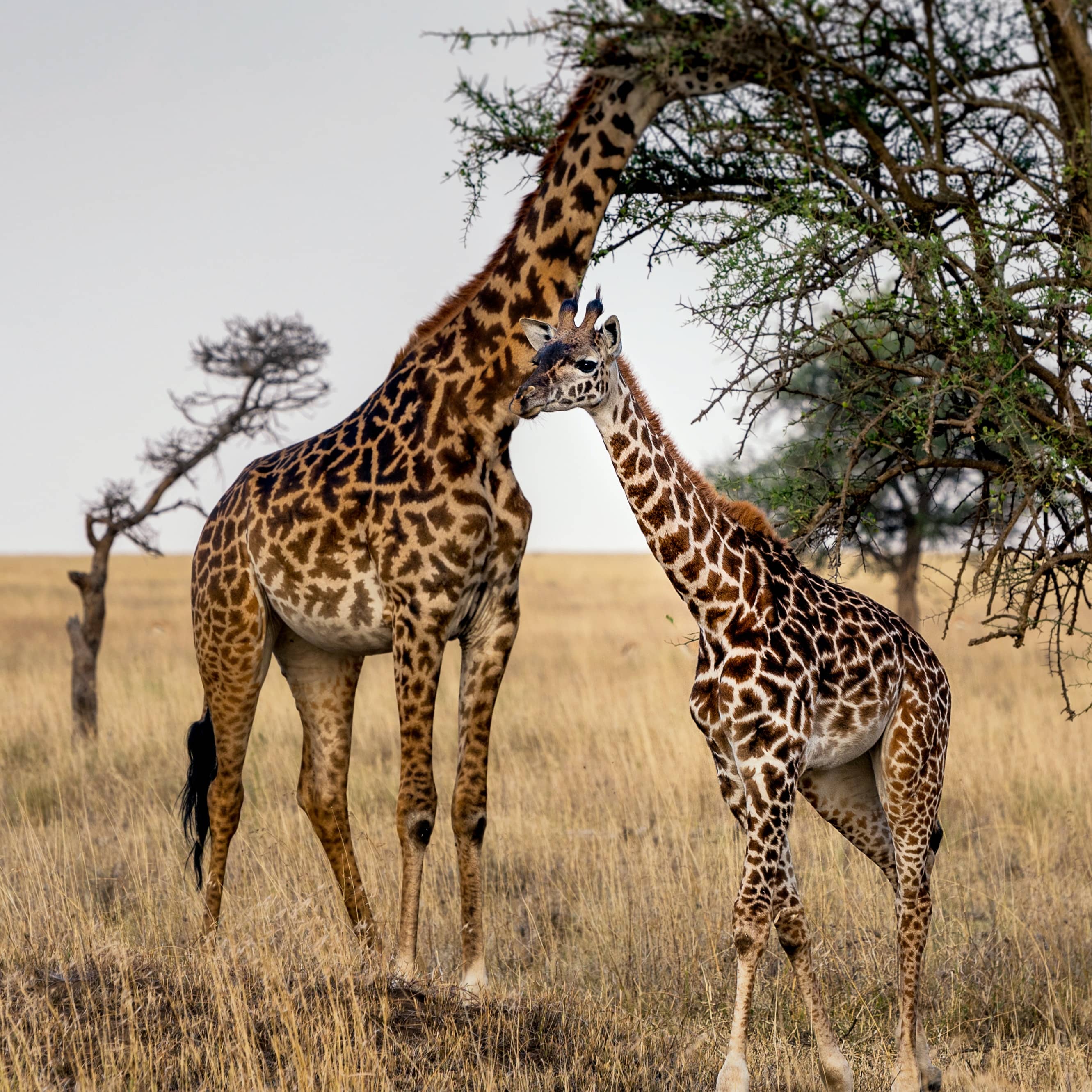ngorongoro conservation area authority
The ancient Ngorongoro Crater is a UNESCO world heritage site and one of the most interesting parks of Tanzania. A safari tour of the Ngorongoro National Park is your chance to see the greatest number of wildlife species per square kilometer. The Crater – set amidst the tropical forests of the Great Rift Valley highlands – is the crown jewel of Tanzania’s National Parks. The tour, beginning at the Crater rim with its breathtaking views of the Crater floor and carrying on to the game drive in the Crater itself with its plains, acacia woodlands and lakes teeming with bird- and wildlife, shall leave you with a sense of wonder to be cherished for the rest of your life!
The Ngorongoro Crater is within the Ngorongoro Conservation Area, an incredible area: steeped in history from archeological finds at the Olduvai Gorge, Empakai crater hikes, and breathtaking scenery from the Rift Valley Highlands. The Crater itself is a UNESCO World Heritage Site as it is the world’s largest, intact (but inactive) volcanic caldera. It also boasts the highest population of wildlife species per square kilometer anywhere in Tanzania. The Crater is also home to the endangered black rhinoceros and is one of the few remaining places in the world where this ancient creature may be spotted in the wild. A tour of Ngorongoro Crater begins at the crater rim, with breathtaking views of this ancient crater from above, and continues with a game drive within the Crater itself. Visitors experience acacia woodlands and lakes, teeming with bird-life, and plains filled with zebra, antelope, wildebeest, and elands. Visitors are sure to see lions lounging in the tall grass, and enjoy lunch near a pond of hippopotami. From the endless zebra walking dangerously close to the sleeping lion to the rare black rhinoceros, Ngorongoro Crater will leave you with a sense of wonder unlike any other place on earth.
Ngorongoro Wildlife Ngorongoro Crater offers the highest density of animal species in Tanzania. An early morning safari will give you the best chance to spot the reclusive leopard in highlands trees as you approach the Crater. Unique African Big Cats that can be seen here include the catious caracal and serval cats. The small herd of elephants are residents, as they cannot climb up the steep sides of the crater, they can be seen drinking at the lakes or enjoying the shade of the woodlands. Zebra and wildebeest graze on the plains of the Crater floor under the ever-watchful eyes of a pride of lions, who are also residents because hunting is easy in the Crater. Ancient hippos and the endangered black rhino have their homes in Ngorongoro Crater. And a safari lunch near the hippo pond will surely include bird-sightings such as the well-named superb starling and native guinea fowl.



